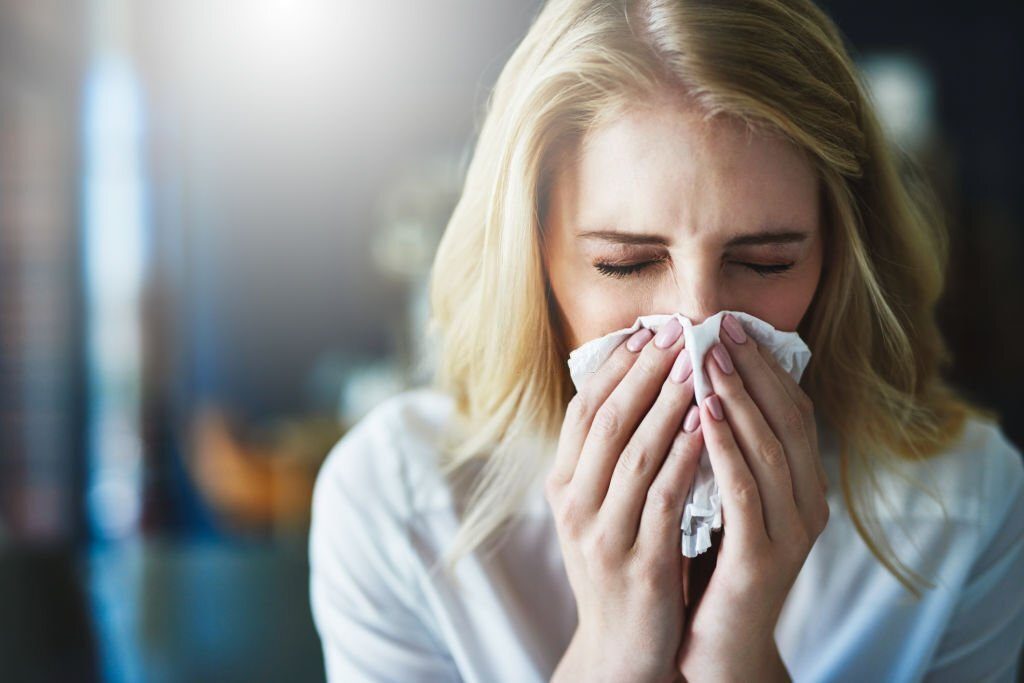
I would formally like to thank Dr Maurits Kruger from Health Renewal for helping my cousin and her new born baby who is only 4 weeks old. The baby had been sick for 2 full weeks causing the mother and father to have sleepless nights and in addition to that lead to the the mother and father getting sick. This cold recent winter snap really added an enormous amount of pressure to the new parents. I called Dr Maurits Kruger (as advised by my mother) to ask him if he would be able to suggest any treatments for both the baby and the parents. Dr Maurits Kruger assessed the baby’s condition over the phone, asking me various questions and then advised me to get a full set of homeopathic medication for her. This would treat the baby’s cough, mucus and immune system. He then advised that the parents take a few supplements at the same time to avoid the vicious cycle being repeated again. The family started the homeopathic medication on the Friday evening and the Dr Maurits Kruger advised that the family should be better that same Sunday and if they were not better, I was to call him immediately and he would come to the house and see the baby. Needless to say, the family were back on track by Sunday evening and all is well. The manner in which he made himself available and the advice given was amazing. He remained helpful and professional at all times – what a gem to the Health Renewal staff! A very big thank you to Dr Maurits!
In February 2015, I started a journey to renewed health with Dr Lee. I hated the diet, thought the supplements were not working, complained constantly to my son Shaun about how ghastly I was feeling all the time.In 1989 I contracted ME. At the age of 36, with a beautiful loving son and a great job and hectic social life, I became instantly housebound and was bedridden for months at a time. I had 7 spontaneous remissions during the following 26 years. They were all of three month's duration. After a remission I would lapse into a serious depression. Life was difficult. ME is an illness of loss. I lost my health, I lost my job, I lost a lot of friends, I lost the ability to do any form of physical activity, my life was reduced to resting. And sleeping. Then resting again.I also had my gall bladder removed, had a breast reduction operation, and a knee replacement. The after effects of the anesthesia in all cases were dire. I became incontinent in 1994, and have had to wear sanitary pads on a daily basis since. I battled with severe short term memory loss, tinnitus, migraines, bone pain, muscle pain, sore skin, repeated urinary tract infections, and a host of other nasty symptoms.Fast forward to end January 2015. My son had seen Dr Lee regarding his overall health. He suggested I see her, which I did. We had a good first session, Dr Lee reckoned I would be completely cured within a year to 18 months. I was ecstatic. We did lots of blood tests, DNA, fatty acids, ones that I have since forgotten.The regime of strict diet and much supplementation began. Changing my diet was difficult. I did not believe my body was absorbing any of the myriad of supplements. Dr Lee said I would notice a difference after three months. I still felt awful and told Shaun (who has paid for all the tests, food and supplements) that I was sure Dr Lee was a fraud and that I was going to stop everything. He urged me to try for another three months. I started getting food delivered from PaleoMonkey five times a week, two meals a day. It was okay at first, but the veggies were soggy and had to be reheated and the protein was always rubbery and tasteless. Six weeks later I thankfully quit. I now cook my own very healthy and delicious food.On 10 June I woke up and thought, "Hmm, I don't feel so bad today. Interesting". A week later I threw a little birthday celebration. Twenty eight people arrived, all on four days notice. Each day I feel stronger, healthier, happier and WOW, so alive. It is like a miracle to behold. I am forever indebted to my sweet Shaun and Dr Lee, who have given me back my life. Dr Lee never wavered from the course, even though I was a truculent, difficult patient. She has a massive knowledge of the body and its workings.To conclude, I hope you realize what a huge difference Dr Lee is making to your practice. Please cherish her and give her the support and encouragement she needs to continue her great work.